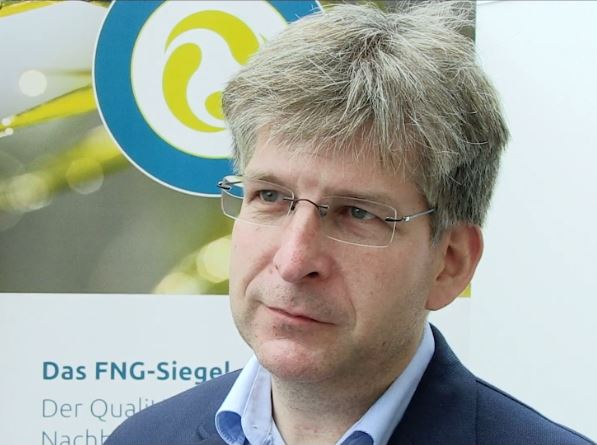INSIGHT SERIES by Roland Kölsch, Quality Assurance Company for Sustainable investments (QNG), Germany
| New, exciting topics, which become increasingly complex in the course of a development, always mean that society has reached the point of wanting to convey simple messages again. As understandable and media-psychological as this is in a development process to bring a core message (again) to the people, it is all the more necessary to provide for enlightenment in case of a too strong simplification and especially in case of a prayer mill-like repetition of many media of too simplified and then also often wrong messages.
In connection with the current efforts of the EU on Sustainable Finance, for example, there are a number of misleading statements that I would like to discuss in the framework of the article series Myths about the EU.
| Myth #1: The EU defines sustainable investments
Quite a few have the opinion that the EU would create a classification system with the taxonomy in order to be able to define sustainable investments and with the EU Ecolabel there would then be a corresponding seal that is suitable to recognise all these investments. Furthermore, one would know which companies will then be considered “green” and which not.
This is not the case.
Within the framework of the Action Plan on Sustainable Finance, the EU is currently working on detailed descriptions of the characteristics that concrete economic activities must fulfil in order to be classified as sustainable from an environmental perspective. The following six environmental goals are on the agenda:
〉Climate change mitigation
〉Climate change adaptation
〉Transition to a circular economy, waste prevention & recycling
〉Pollution prevention & control
〉Sustainable use and protection of water & marine resources
〉Protection and restoration of biodiversity and ecosystems:
For the first goal – climate change mitigation – there is now a very granular catalogue of requirements and a list of 67 individual “green” activities to which an economic activity has to substantially contribute in order to meet the technical screening criteria. For the second goal – climate change adaptation – this looks much more rudimentary as it is a conceptual approach so far.
For the remaining four objectives, the Sustainable Finance Platform, the working group that will succeed the Technical Expert Group, will develop the necessary criteria.
The aim is to have the delegated acts adopted by the end of 2021, which would then come into force at the end of 2022.
The Herculean task now is to create a systematic and, above all, binding reporting framework for Corporate Sustainability Disclosure, so that a common data basis is available in first place, and then to arrive at a methodically sound taxonomy mapping. A recent study commissioned by the EU found out that according to the different economic sectors 60% to 80% of data are based on estimates or means or other approximative procedures, but not sourced from original, verifiable company origins. Here the Non-Financial Reporting Directive plays a central role. From mid 2022 onwards, the first taxonomy-related corporate reports on climate-related topics will be published, and in the 2023 reporting season the first reports on the full range of environmental topics will be published.
Hence, the determination of the “green” share of companies on a sound basis in a transparent and comparable manner will only be able in 2023 at the earliest.
Therefore, a lot of debate about the EU defining sustainable investments will still take place. To do so, one would need at least some kind of social taxonomy and governance-related criteria.
The good news is that the EU efforts are being followed intensively, Brussels is really moving ahead and ALL players in the finance and corporate world are now wide awake and, apart from the few SRI pioneers, are already trying to outdo each other with voluntary measures.
By the way, there is no need to reinvent the wheel to define sustainable investments. Since the turn of the millennium, various investment styles have already been established on the market.
In summary, it can be concluded that at this stage the EU defines a sub-category of the concept of sustainability. It is about the climate within the “E” of “ESG”.
Also, for the time being, the taxonomy is a (good) framework to which a corporate strategy and corresponding capex can be oriented. It is a concrete tool for meeting reporting requirements, which will be used in conjunction with the Disclosure Regulation.
| brief bio
Roland Kölsch, former traditional and SRI fund manager, is the managing director of the Quality assurance company for sustainable investments (QNG), being responsible for the FNG-Label.
He has been working in the field of sustainable investments in Germany and abroad for more than 15 years and currently contributes his expertise also to EU working groups on sustainable finance.
| about
QNG (Qualitätssicherungsgesellschaft Nachhaltiger Geldanlagen mbH) as an FNG subsidiary contributes to the quality assurance of sustainable investments through the certification of financial products, expert opinions and the development of standards and services. It has overall responsibility for the FNG-Label: www.qng-online.de
| All opinions expressed are those of the author. investESG.eu is an independent and neutral platform dedicated to generating debate around ESG investing topics.









